Precision Parts Paradise: How to Turn Inventory into Your Winning Formula
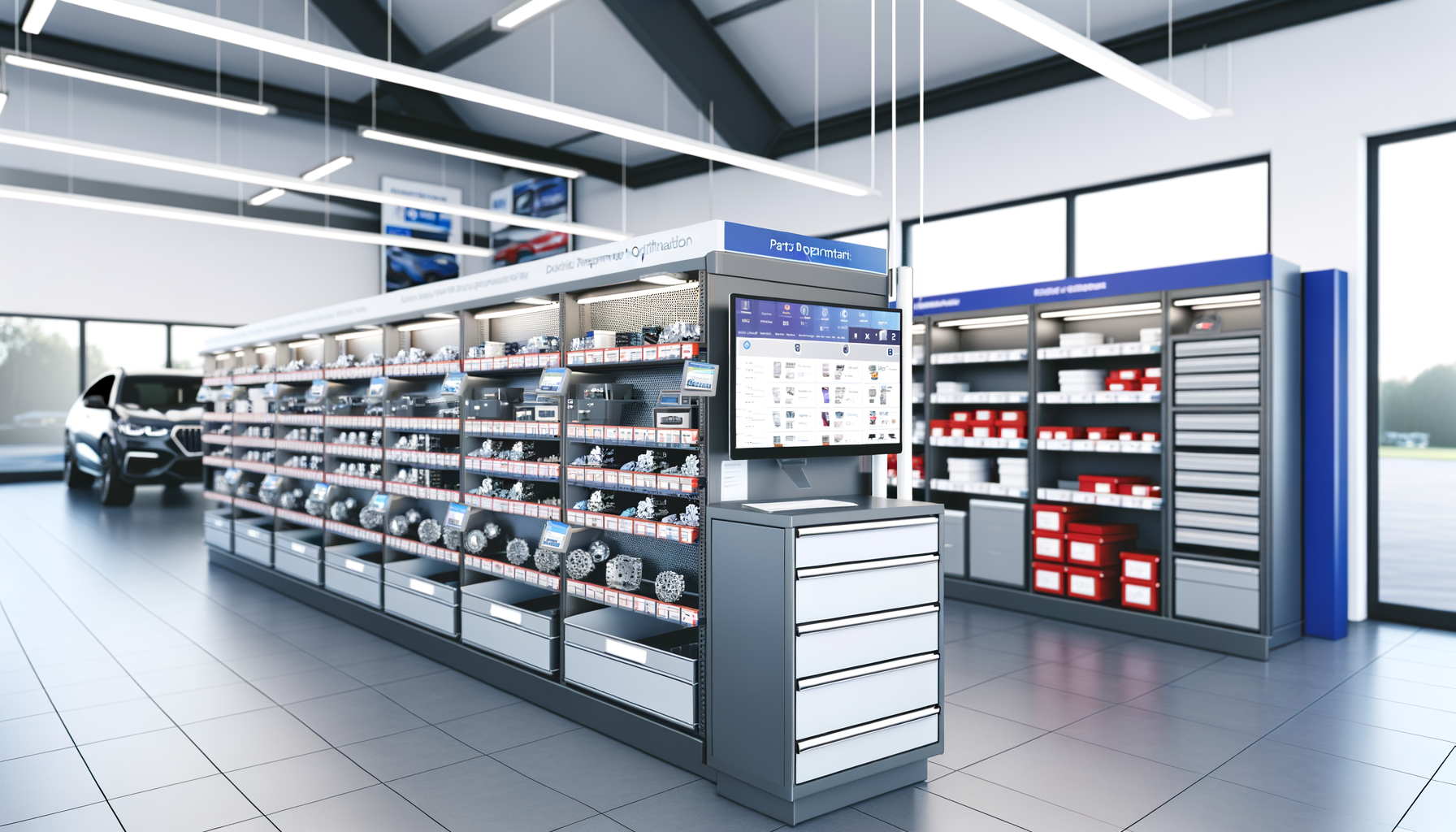
Understanding the Modern Parts Department Landscape

The automotive industry is witnessing a transformative shift with EV-related repairs increasing by 15% and customer preferences leaning towards digital service scheduling. This evolution demands dealerships to rethink their parts department strategies.
Given the new OEM requirements for dealership service training, service managers must stay ahead by understanding these trends and adjusting their parts operations accordingly.
Implementing a data-driven approach can help identify areas for improvement, aligning department goals with dealership-wide profitability objectives.
Strategic Inventory Management for Maximum Efficiency
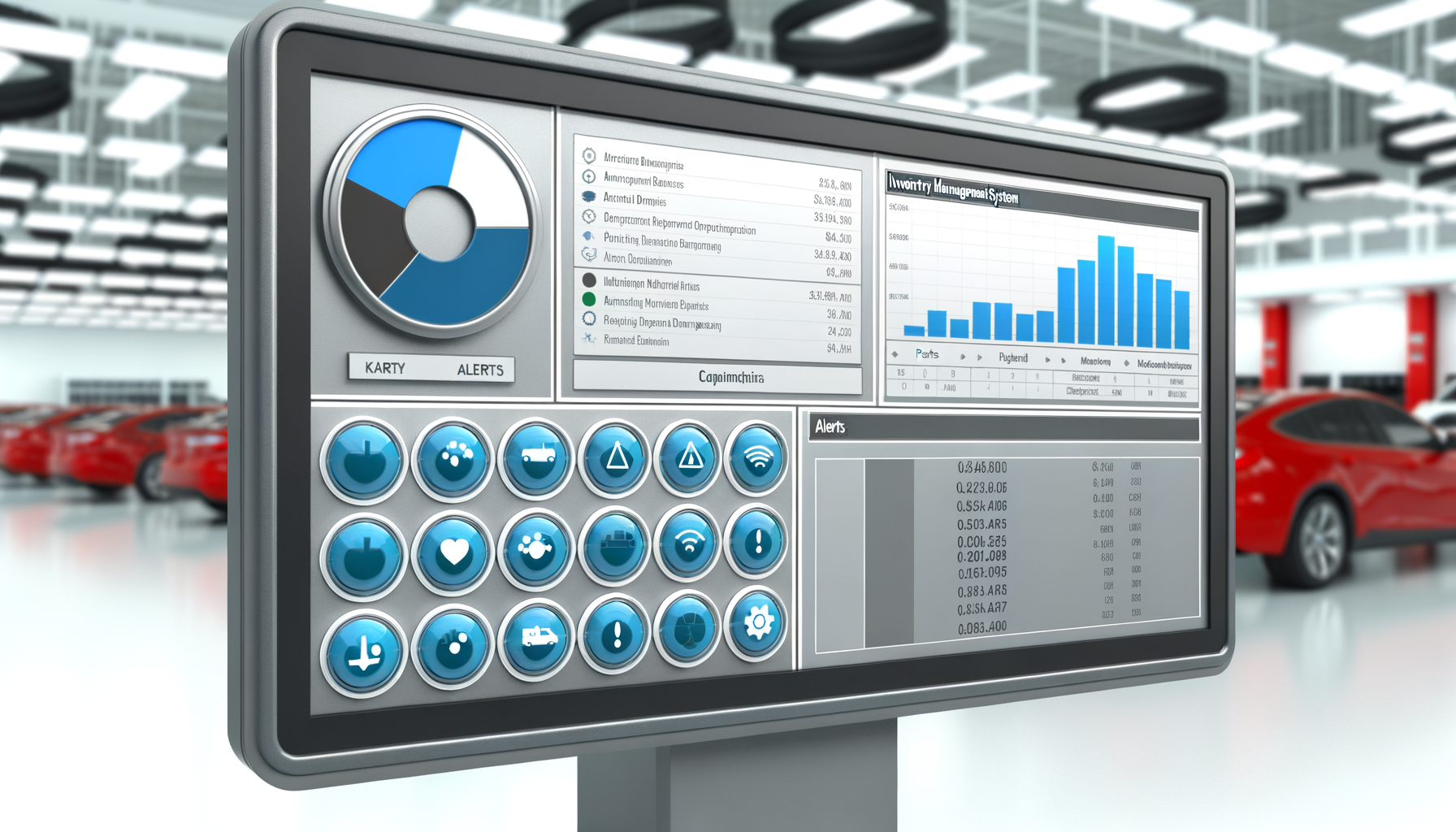
Effective inventory management is the backbone of a successful parts department. Balancing stock levels to meet demand while minimizing excess is critical.
Utilize advanced inventory management systems that forecast demand based on historical data and evolving market trends.
Implement a just-in-time inventory approach to reduce holding costs and free up capital. Regular audits and adjusting reorder points can keep your inventory lean and responsive.
Leveraging Technology for Parts Department Automation
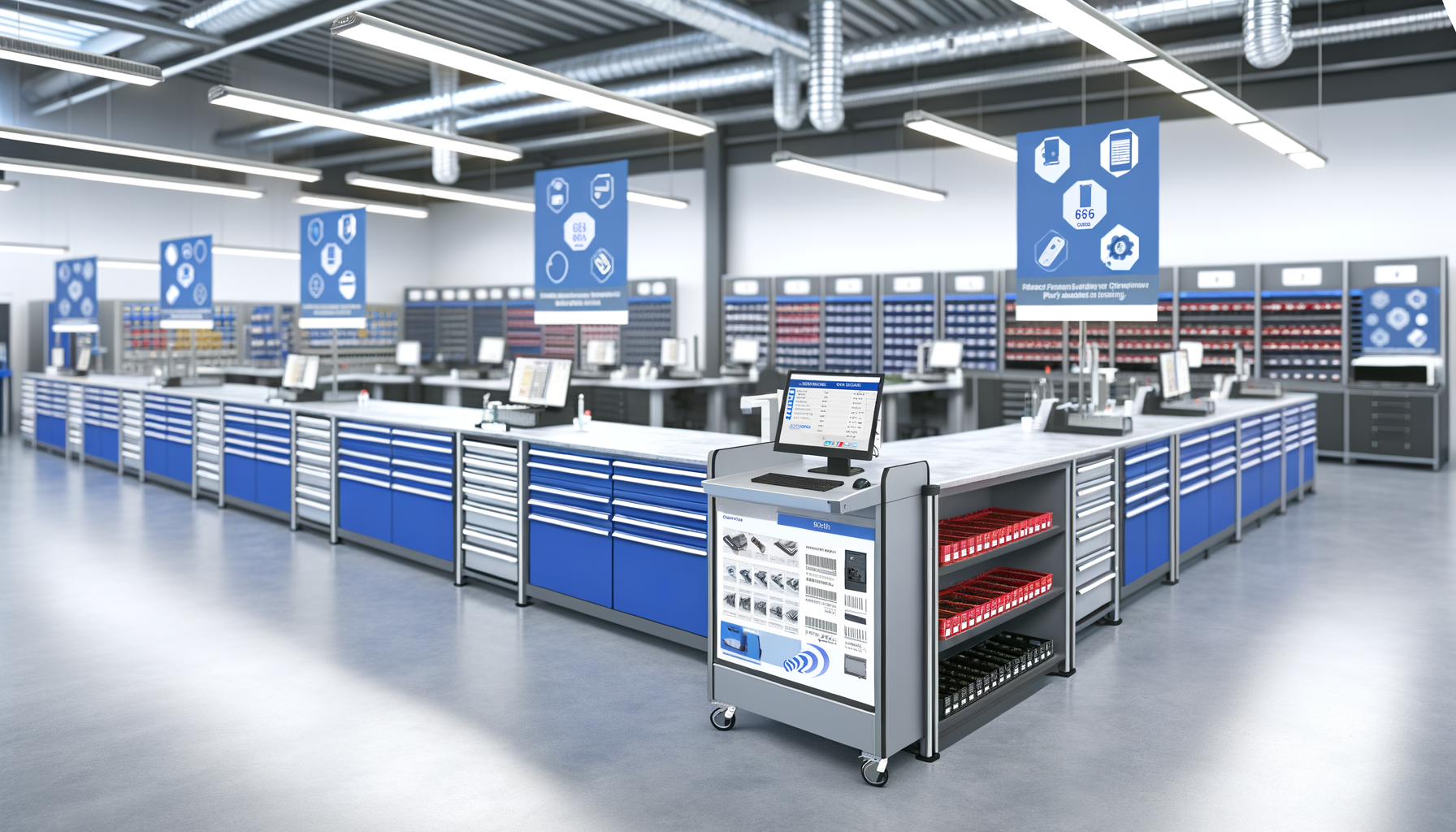
Automation is a game-changer for parts departments aiming to enhance efficiency and accuracy. Automated tools can handle repetitive tasks, allowing staff to focus on strategic initiatives.
Adopt integrated software solutions that sync with dealership management systems, providing real-time updates and analytics.
Implement RFID and barcode technologies for tracking inventory movements, reducing human error and increasing processing speed.
Effective Parts Upselling Strategies

Maximizing sales through strategic upselling can significantly boost parts department profitability. Training your team on product knowledge is essential.
Create bundled offers that provide value to customers while increasing average transaction value.
Use data analytics to identify upsell opportunities based on customer vehicle history and preferences, tailoring offers for higher conversion rates.
Reducing Parts Obsolescence: Proactive Approaches
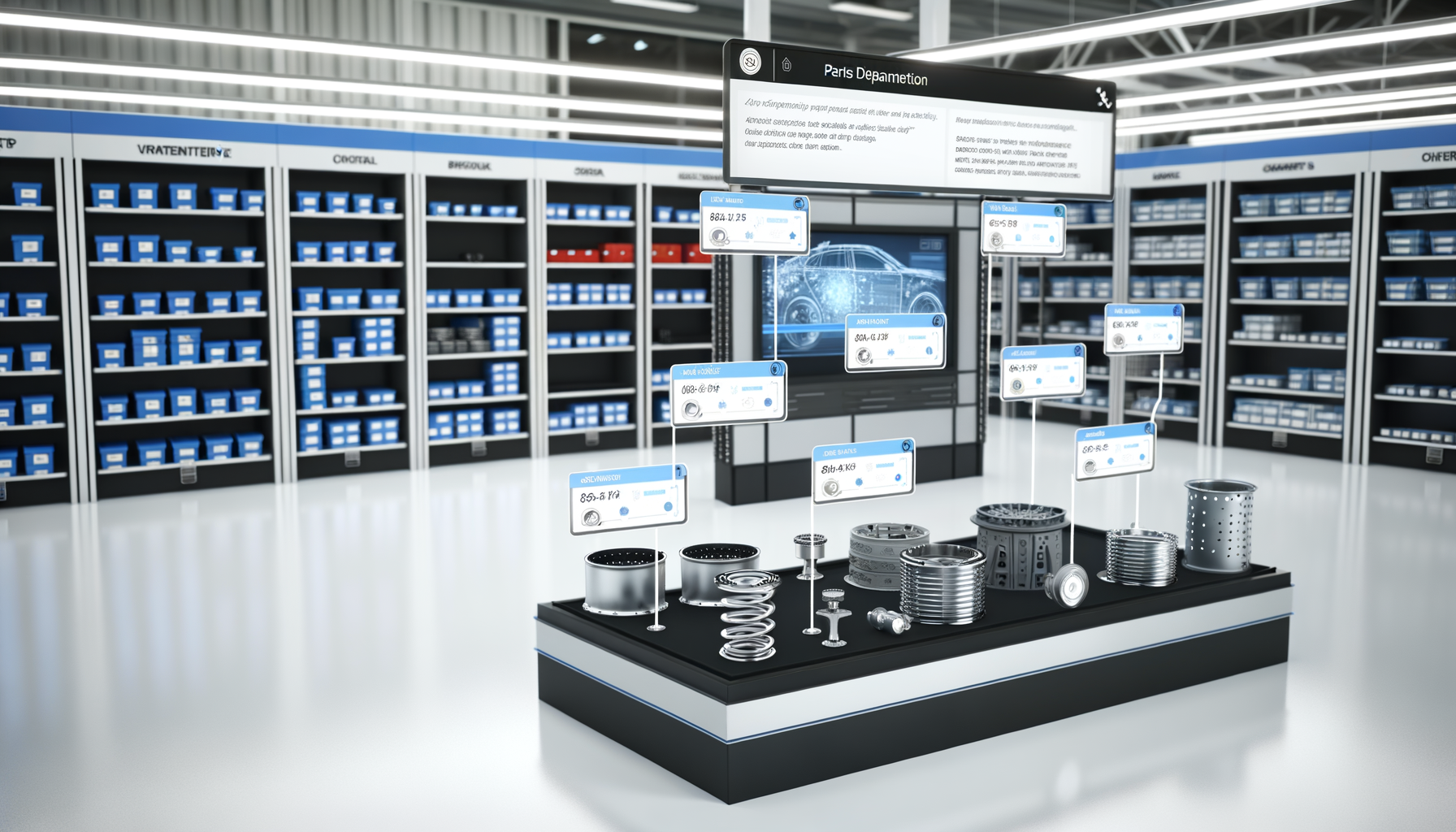
Parts obsolescence can be a significant cost burden. Implementing proactive strategies is key to minimizing these expenses.
Conduct regular product lifecycle assessments to determine when a part is nearing obsolescence and adjust purchasing policies accordingly.
Develop relationships with suppliers to negotiate return agreements or buy-back options for obsolete stock.
Monitoring KPIs and Analytics for Continuous Improvement
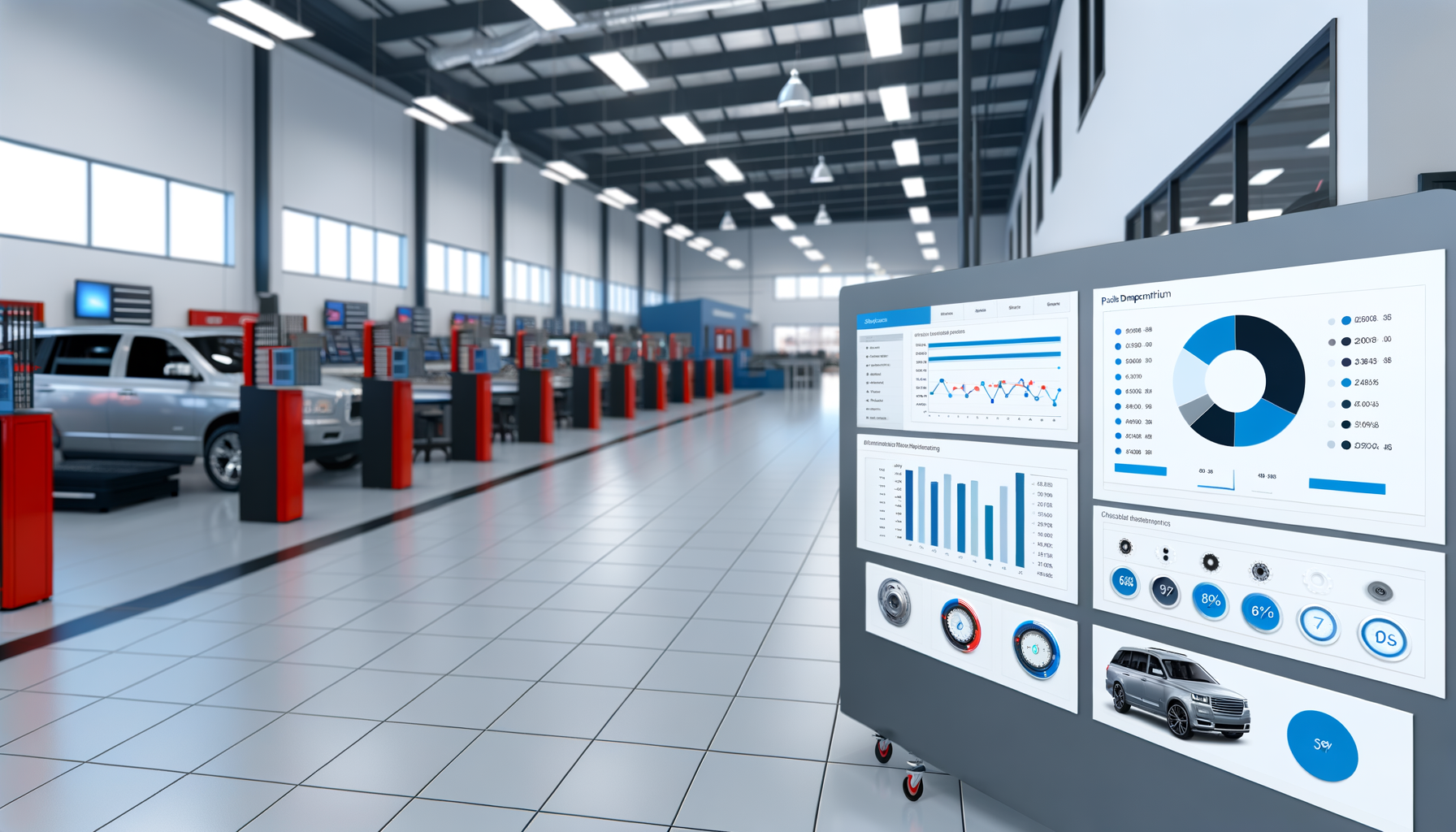
Key Performance Indicators (KPIs) are crucial for tracking the success of parts department strategies. Regularly review and adapt based on these metrics.
Focus on KPIs such as inventory turnover, fill rate, and gross profit margin to gauge efficiency and profitability.
Use advanced analytics tools to identify trends and forecast future needs, ensuring your department remains agile and competitive.
Training and Staff Development for Enhanced Performance

Continual training and development are essential for keeping the parts department staff knowledgeable and motivated.
Develop a comprehensive training program focused on product knowledge, customer service, and upselling techniques.
Encourage a culture of continuous improvement by setting individual performance goals and providing feedback regularly.
Related Topics
Ready to take your service department to the next level?
Schedule your demo today and experience the power of Auto Pro Solutions.
Schedule Demo